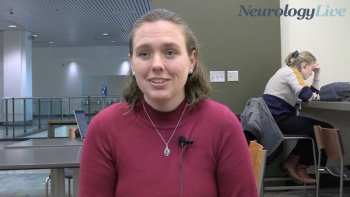
Matthew Wicklund, MD, on Clinical Translation of Oculopharyngeal Muscular Dystrophy Research
The professor of neurology at the University of Texas Health Science Center San Antonio discussed discussed challenges of therapeutic development for OPMD.
This video originally appeared on our sister site,
"This is a very smart move—a combination strategy that addresses both the abnormal and normal protein balance could redefine therapy for OPMD."
A rare, late-onset genetic disorder characterized by progressive muscle weakness, oculopharyngeal muscular dystrophy (OPMD) causes progressive muscle weakness and primarily affects the muscles responsible for swallowing and eyelid movement. Mutations in the PABPN1 gene, leading to abnormal protein aggregation and subsequent muscle cell degeneration, are typically the cause of the disorder. No therapies that specifically target the root cause of OPMD are currently available. As such, supportive care and symptom management have historically been the hallmarks of treatment.
Although, some momentum is gathering in clinical trials, with a few candidates currently in development. Gene therapy constitutes a promising approach and is currently a hot topic in neurology. Although, questions regarding the administration of such approaches and the possibility of long-lasting pronounced effects remain.
Newsletter
Stay at the forefront of cutting-edge science with CGT—your direct line to expert insights, breakthrough data, and real-time coverage of the latest advancements in cell and gene therapy.


































